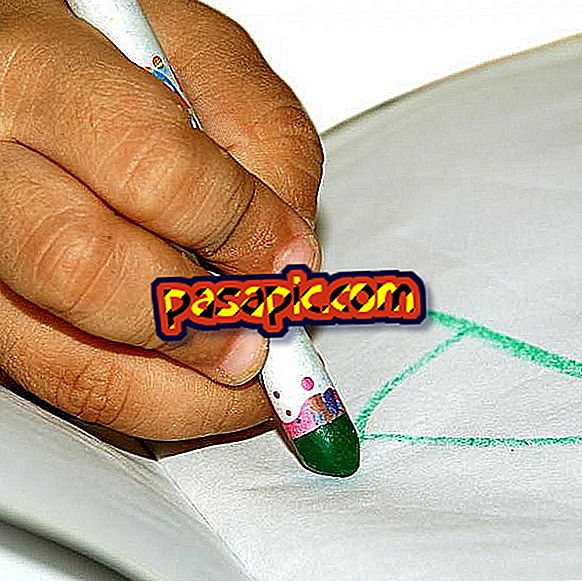How to educate a child to be bilingual

The best way to get a bilingual child is for each of their parents to speak in a different language from birth, but for this it is recommended that parents be native speakers of that language or master it perfectly. We should take full advantage of the period from birth to 5 or 6 years, since brain plasticity is presented in its maximum degree. The sooner you start learning a language, the sooner you can take it on as your own and become truly bilingual. And it is that if we delay exposure to the second language beyond 6 years and we wait for the child already has a full command of their mother tongue, the second language will always be that, a second language, and the child will not really be bilingual. In this article we give you some clues about how to educate a child to be bilingual.
one
Have the child watch DVDs of children's movies, cartoons and television in Dual mode, in the original version. This will allow the child to listen to the second language while having fun and will allow you to become familiar with the vocabulary and phonological system of the language and if we are consistent you will be able to learn and reproduce it naturally.
two
You can point the child to a bilingual nursery or school (or monolingual in the second language, this second option is not recommended if neither of the child's parents dominates the language of schooling).
3
Hire a native speaker caregiver or master the second language. It is a cheaper option than the previous one that can also help us meet two needs.
4
Point the child to extracurricular activities in the second language. It is a good option since they suppose real contexts of communication with the monitor and the companions.
5
If the second language we want to introduce is English, it will be easy for us to find activities in English in our city: story-telling, theater, film in the original version, sports ...
6
On the Internet we can find plenty of free tools and audiovisual material aimed at children in all languages.
7
If we know the second language we can read bilingual books with the child . It works well if we read the story with the drawings a first day in the child's mother tongue and the next day, when the child is already familiar with the book, we read the same story in the second language.
8
Trips, vacations, camps, exchanges ... These activities are very useful to activate the passive knowledge of a language and help you to be bilingual, when the child is older and already knows the language and starts to defend himself.
- If we expose a child to two languages from birth it is normal that interferences occur and that there is confusion between the two languages in an initial phase.
- Do not pressure the child to speak the second language.
- Up to 9-10 years of age, children do not have the notion that a language can have a usefulness other than communication and they may be reluctant to speak a language they know perfectly well if they know they can communicate in another language that is more comfortable or habitual.


